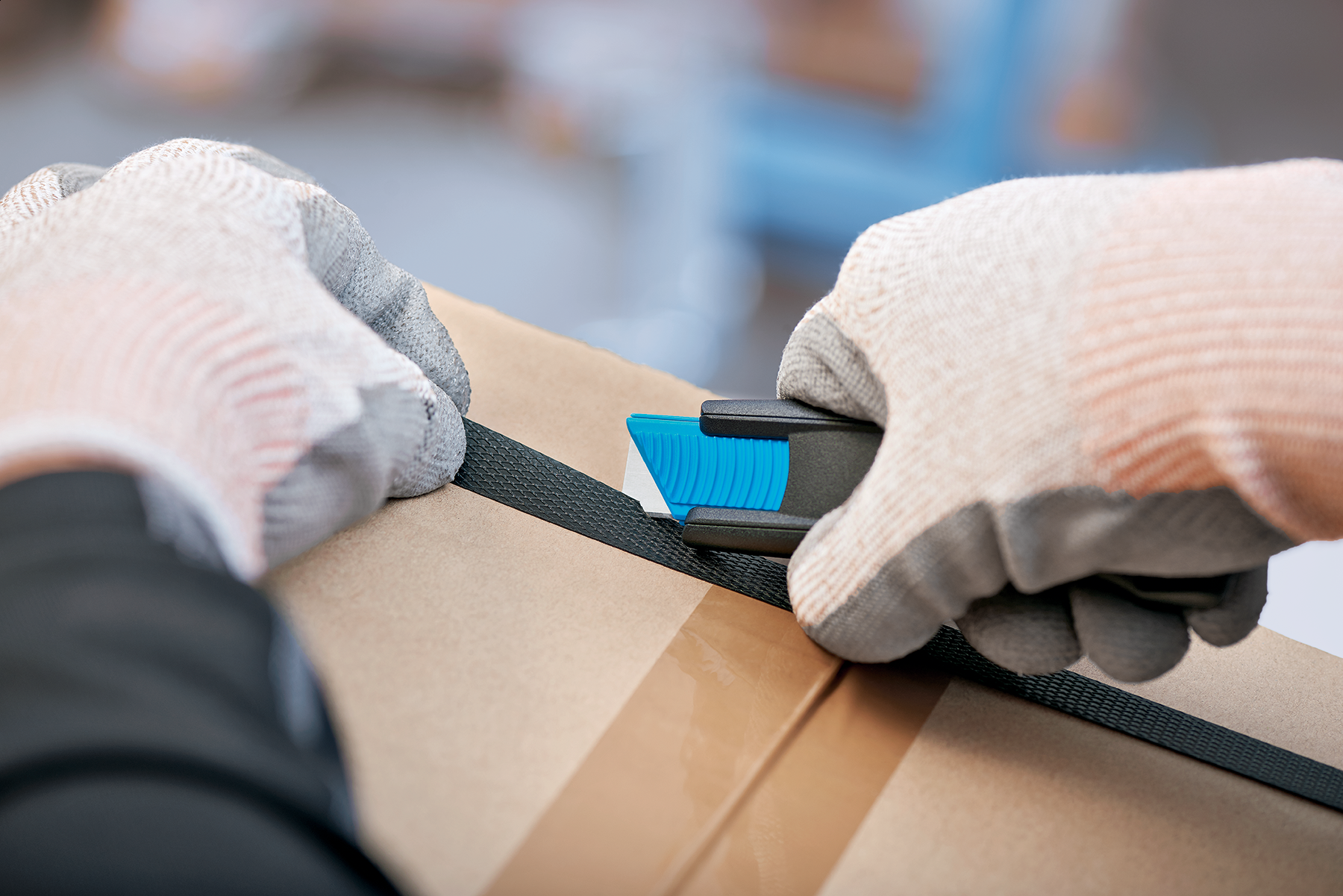
Unexpected incidents in the workplace can catch you off guard, sometimes occurring multiple times in a single day. It is only at such moments that you realize how fragile our hands are. Fortunately, cut-resistant gloves can protect hands and wrists from cuts, abrasions, and punctures.
Even so, many of us do not know how to choose the right cut-resistant gloves. To help you with this, we have prepared a beginner’s guide on cut-resistant gloves, enabling you to understand better everything related to them.
What are Cut Resistant Gloves?
Cut resistant gloves are specifically designed to protect your hands and wrists from injuries caused by sharp objects, such as cuts and punctures. These gloves are typically made from high-strength synthetic materials, such as Kevlar fibers, ultra-high-molecular-weight polyethylene, steel or metal fibers, and glass fibers.
When purchasing cut-resistant gloves, you need to consider four crucial criteria:
Cut Resistance
The cut resistance of gloves refers to their ability to withstand cuts from sharp objects. This is vital for cut-resistant gloves. Besides the primary cut resistance, other special features like liquid and heat resistance are also important. These features are standardized internationally.
Cut-resistant gloves are tested to assess their cut resistance and are rated according to these standards. There are two main testing methods: the Coupe Test in the European Standard EN 388 and the TDM-100 Test in the American Standard ANSI/ISEA 105.
EN 388
The Coupe Test evaluates the material’s resistance to cutting under pressure using a rotating blade. After testing, be sure to check the relevant standards of EN 388 for cut-resistant glove performance. The cut resistance level is generally rated from 1 to 5, with higher numbers indicating better cut resistance.
ANSI/ISEA 105
This test also assesses “high” cut-resistant gloves. It measures the force needed to cut through the glove material using a straight blade. This test provides an accurate evaluation of cut resistance, with levels ranging from A to F, representing the Newtons required to cut through the sample.
Liner Material of Cut-Resistant Gloves
In addition to the main cut resistance, the choice of liner material is also important. Different liner materials offer varying levels of performance.
Aramid
Cut-resistant gloves made from aramid fibers offer cut and heat resistance, but they have relatively poor abrasion and UV resistance.
HPPE
If heat resistance is not required, gloves with liners made from HPPE (High-Performance Polyethylene) are an excellent choice. HPPE-based gloves offer good cut resistance and superior comfort when worn. Unlike aramid, HPPE also provides sufficient abrasion resistance.
Glass Fiber
Gloves with glass fiber liners are more cut-resistant than others, but the downside is that glass fibers may break over time, significantly reducing cut resistance.
Stainless Steel
Gloves with stainless steel materials offer high cut resistance, especially when mixed with high-density polyethylene (HPPE) or glass fibers. However, like glass fibers, stainless steel can break and reduce cut resistance, and the comfort level is generally lower.
Coating of Cut-Resistant Gloves
Besides the liner, the glove surface coating is also important, providing additional functionalities.
PU (Polyurethane)
Gloves with PU coatings are typically lightweight, flexible, breathable, and offer good grip and abrasion resistance, but are not suitable for very dry environments.
Nitrile
Gloves with nitrile coatings provide excellent grip in contact with oils and greases and prevent liquids from penetrating the gloves.
Latex
Gloves with latex coatings are highly waterproof and abrasion-resistant, making them ideal for winter gloves but unsuitable for environments involving oils or greases.
Comfort of Cut-Resistant Gloves
Apart from the above criteria, the comfort of the gloves is crucial, especially if you need to wear cut-resistant gloves for extended periods. Each person has their own comfort preferences, so it’s best to try the gloves to ensure they meet your expectations.
Touchscreen Functionality
If your work environment requires the use of electronic devices, you will need gloves with touchscreen functionality, allowing you to work efficiently without removing the gloves repeatedly.
In Summary
Different tasks and situations require different cut-resistant gloves. You need to study the cut resistance in the EN 388 carefully and ANSI/ISEA 105 TDM-100 tests, choose the appropriate liner and glove coating and consider the comfort of the gloves. It is best to try them out before purchasing.
At AIBON, you can find gloves suitable for various tasks and work environments. Choose AIBON, trust AIBON, and we will provide you with an unparalleled purchasing experience.
How to Measure Glove Sizes – Source: AIBON
Latex gloves– Source: AIBON
Safety gloves– Source: AIBON
Working gloves– Source: AIBON

